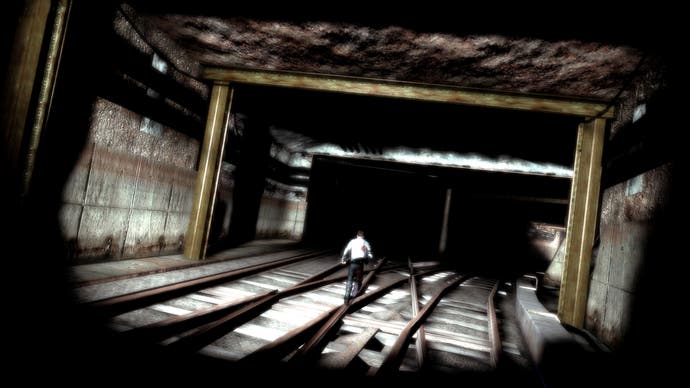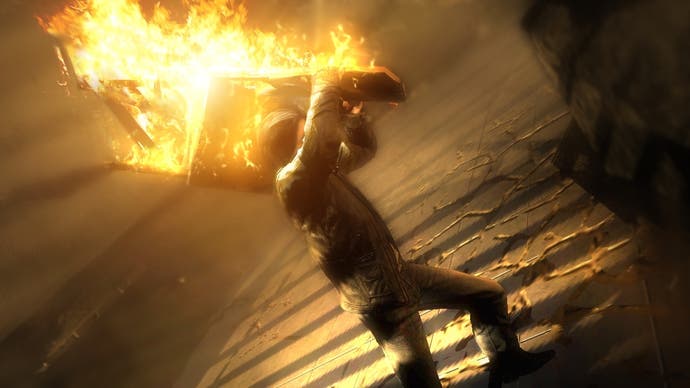Alone in the Dark
Eden's Nour Polloni on the delay, the format, the content and how it plays.
Alone in the Dark looked amazing when Atari and Eden Games first unveiled it. Over two years later, some of its smarter ideas - physics puzzles, high levels of environmental interactivity, fancy lighting, a mixture of third- and first-person controllers - have been and gone in other games. With an additional delay until May 2008, there's a lot of scepticism about its quality, and suggestions that the game's in trouble. Not so, said Atari, when they rang us up yesterday. In fact, why don't you ask the developer yourself? So we did. Nour Polloni, the game's producer, gave us an update on development, and explained how the game will go about living up to its lofty billing.
And when you're done, why not check out our brand new Alone in the Dark trailer to see how Polloni's comments compare to the reality?
We're committed to releasing the game when it's ready, and that has meant more time to tune and polish it to the high standard that us and the players want to see. Any game with new applications of technology in the gameplay takes a lot of time to test and balance and it's vital to get that right so that innovation never comes at the expense of fun.
We're at the beta stage now where we've got the whole game running from end to end with all the assets in place. What we're doing now is focus testing and tuning all the elements, so lighting, post-production effects, character control and reactivity, animations, AI, plus we're also finalising the cinematics, music and audio mix.

The episodic structure is something that was integral to the game design and we did it for two very specific reasons. Firstly, we wanted to shake things up a bit and approach the video gaming medium from a new direction in terms of how the game is presented. Secondly we wanted to adapt the game to the tastes of today's gaming audience, who consume lots of different popular media, not just games, and have a limited amount of time to do it.
The main inspiration for the episodic format was the recent crop of US TV dramas like 24, Lost, and Prison Break. While working on the early stages of the game design, we were all addicted to watching these shows each night, then dissecting them around the coffee machine the next day. We realised that this was exactly the effect we wanted our game to have for Alone. We analysed these shows and what makes them so great - the paced dynamic of each episode with action, character development, plot revelations and cliffhangers - then translated this into the dynamic of the game. By bringing this kind of style to the game we hope it will make the game interesting to the audiences who watch these kind of shows and not just the hardcore gamers. Playing one episode of Alone is like watching one episode of 24 in that it can be enjoyed on its own or as part of the whole game, and if you've got limited time to spare you can make a choice between watching an hour of a DVD or an hour of playing Alone, knowing you'll get a full experience from it.

The game is comprised of eight episodes with 10-15 hours of gameplay taking into account the free roaming you can do in Central Park. As for downloadable content, the format and the story do lend themselves very much to additional episodes delivered in this way and it's something we'll be looking at once the game is released.
The physics puzzles we've demonstrated so far are really the tip of the iceberg in terms of what you can do in the game. Hot-wiring is one way to start a car or open a closed door, but there's always other ways to do things. Giving the players choices based on the 'real world rules' concept behind the gameplay was our goal. This makes situations intuitive in way that they aren't normally in games. Here, you don't have to think in usual game rules but you can be more free and investigate based on what you think you would be able to do in real life. The different ways you use and combine items in the environment to create completely new weapons is a really exciting feature which leads to emergent gameplay and a lot of fun where each player could potentially find a completely new way to do something that even we haven't thought of.

